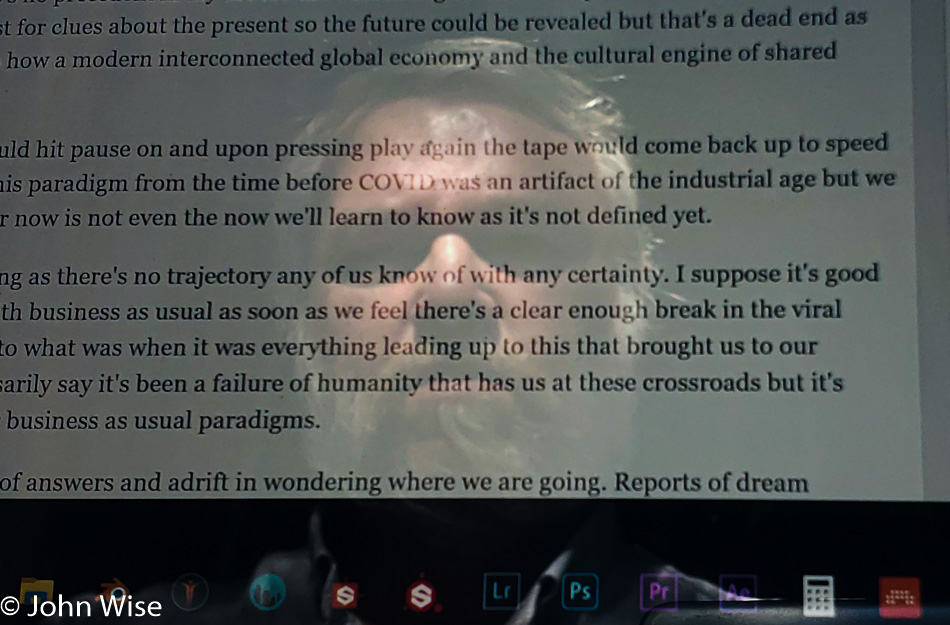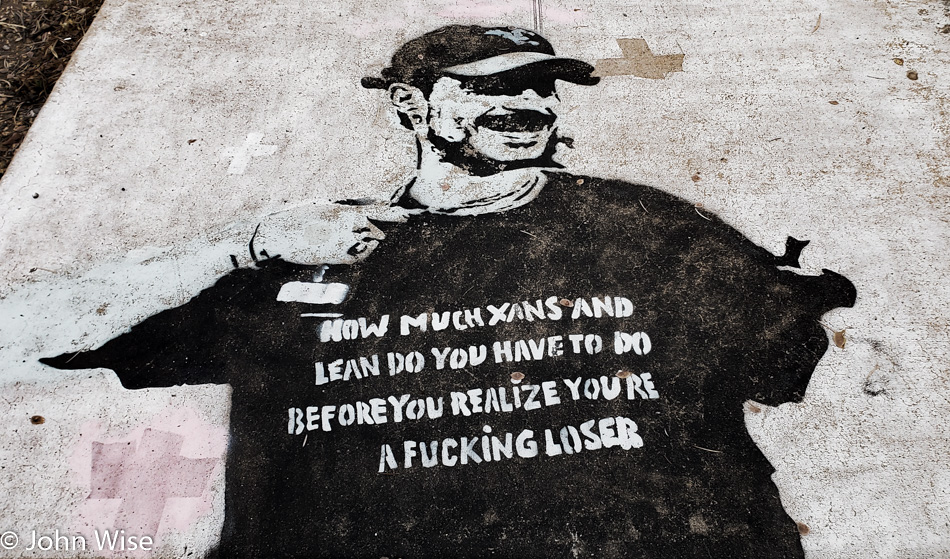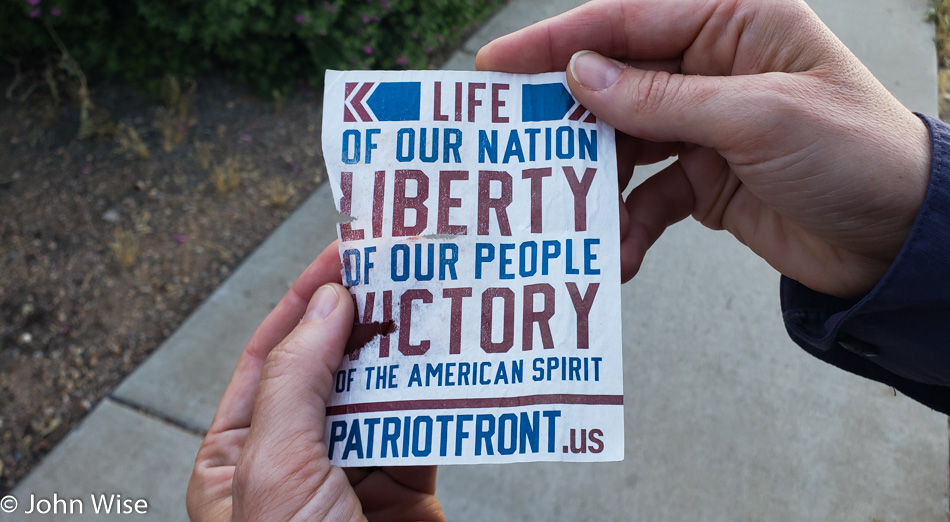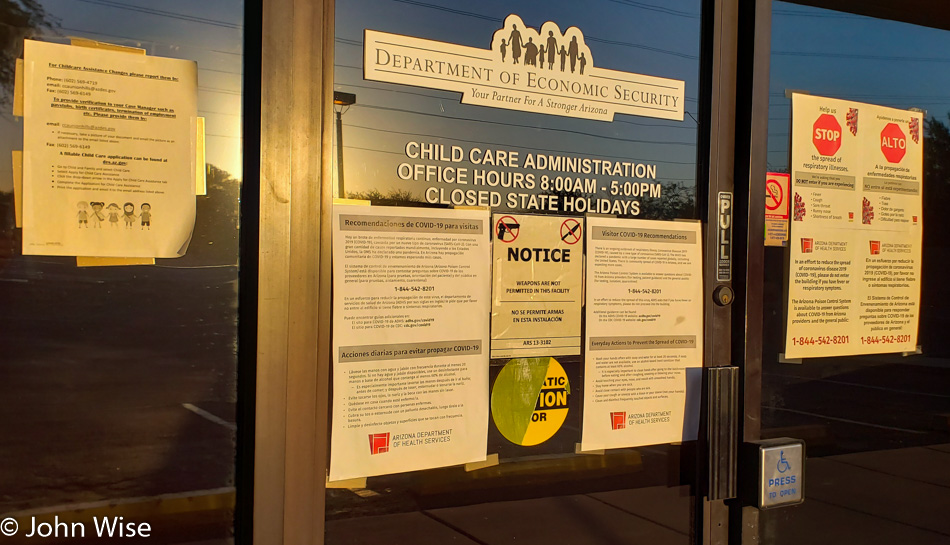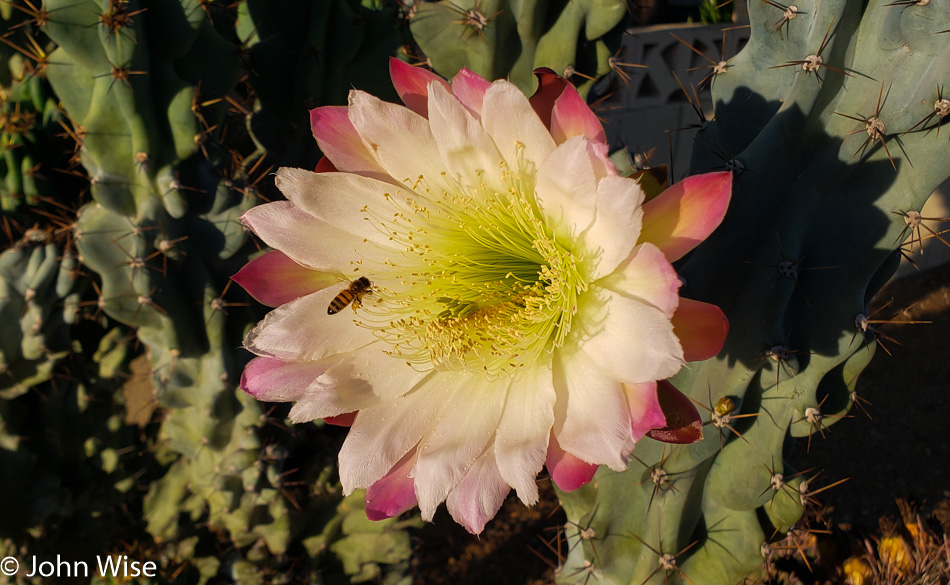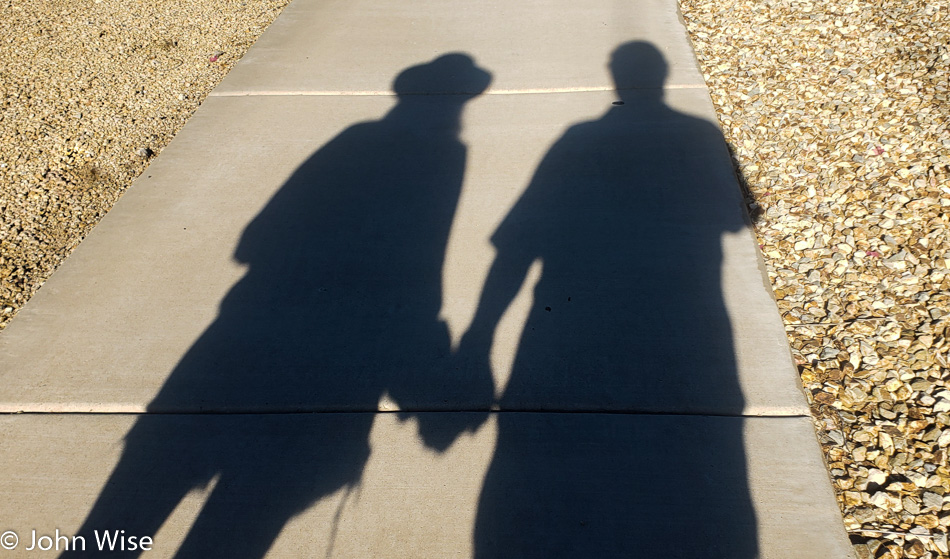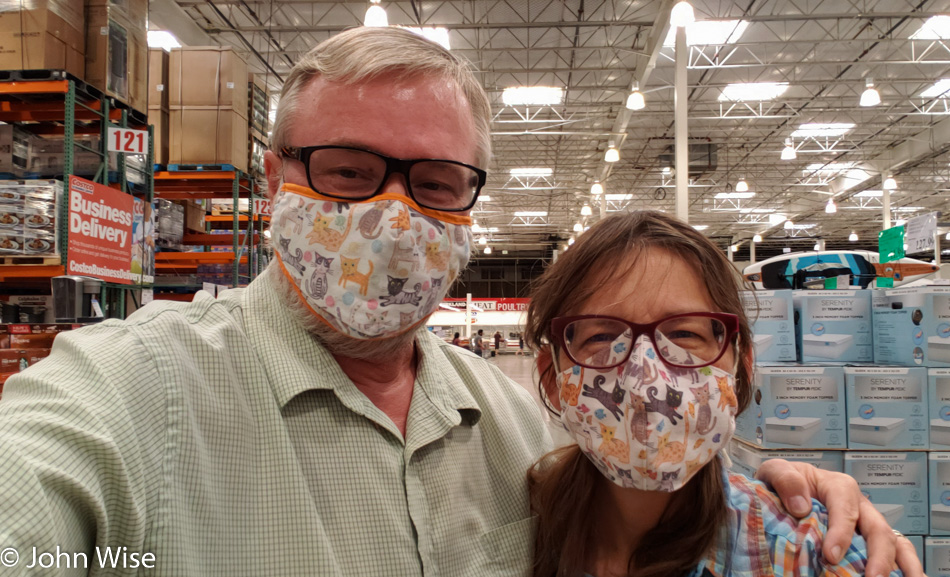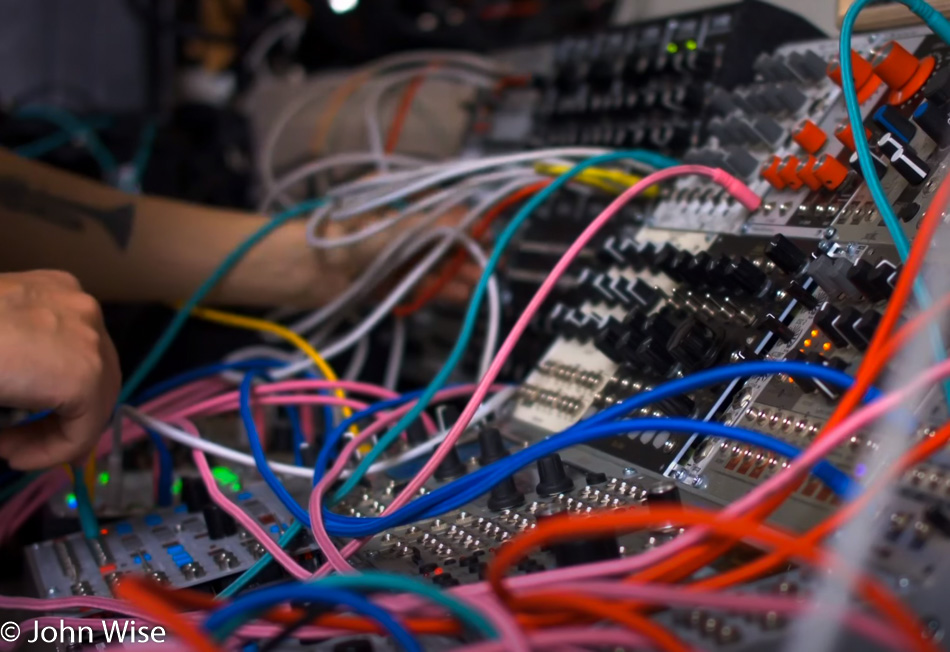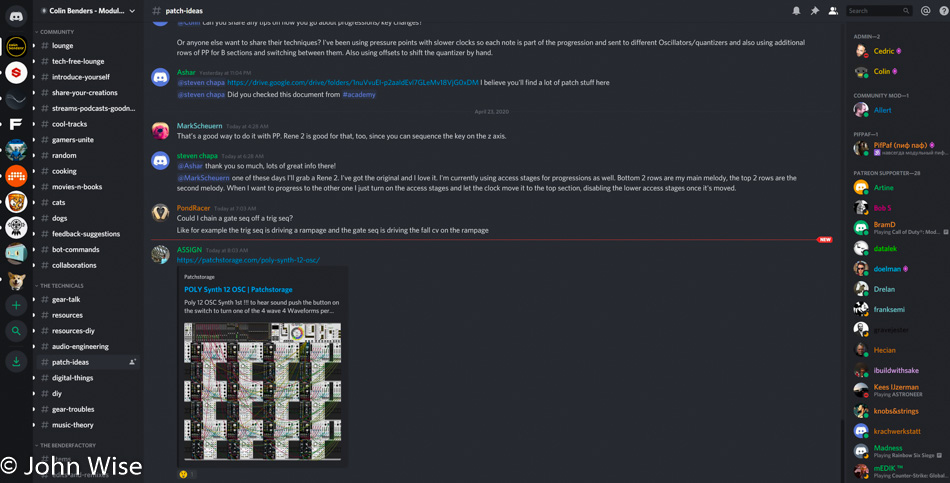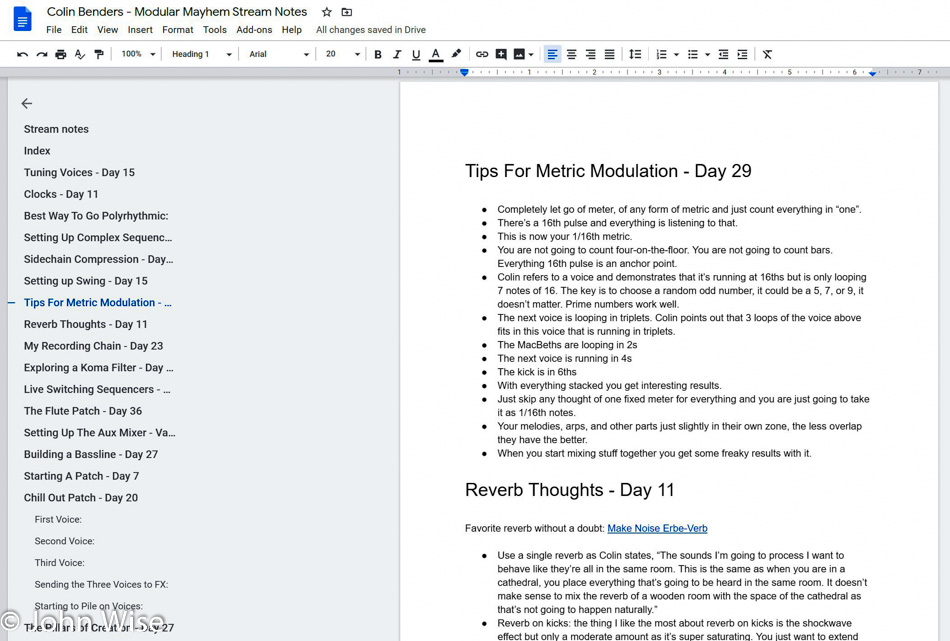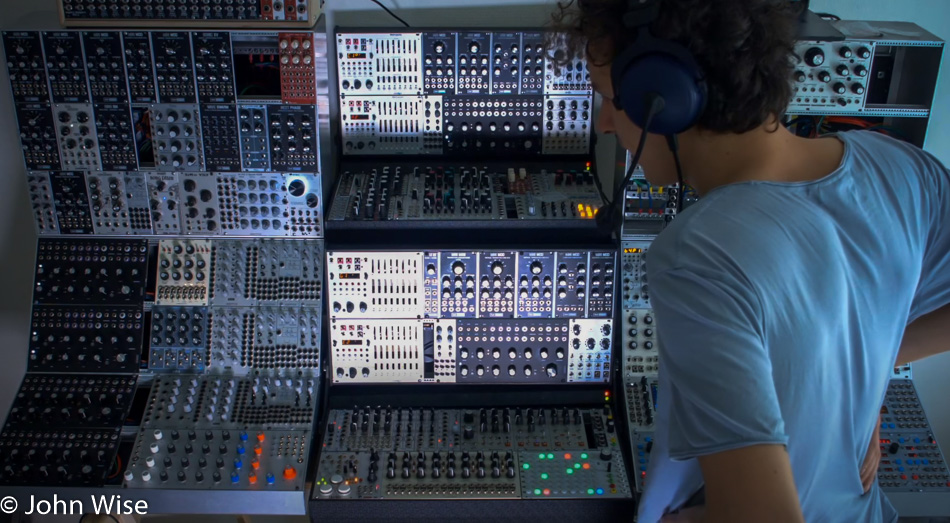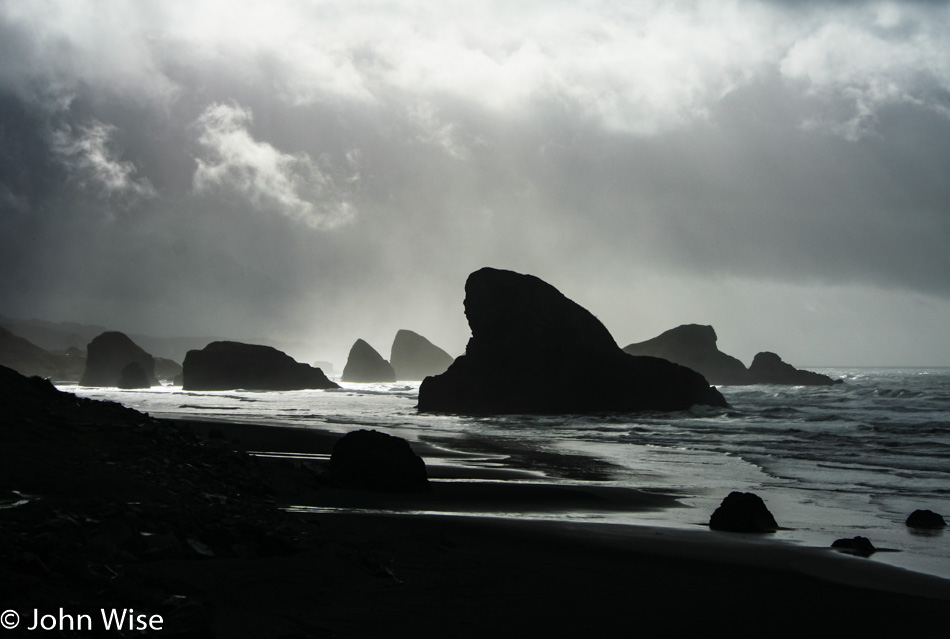
Yesterday’s entry was not even published before I started writing this post, which was supposed to be that one. I wanted to talk out loud about travel and its disappearing event horizon. I think travel, to some extent will return, but the industry is in for a convulsion that will have ripple effects that seriously damage many areas across America.
Consider the cruise industry: who in their right mind will venture onto the seas? Sacrificial lambs would be my answer. The number of people flying right now is down 95%: who thinks those numbers will recover this year or next? Thirty-three million Americans have lost their jobs in the past 60 days; if a second wave of the virus hits, which is almost certain, there could be another 10-35 million Americans losing their jobs. For those who continue to be employed, I doubt many of them will be thinking about dropping a few grand on getting away when another run on toilet paper, sanitizer, and various food items will be with us over the winter. Thus begins the cascade of cruise ship operators and airlines ceasing operations; with them we’ll see a wave of lodging operators having to shutter their businesses, which will have a follow-on effect on restaurants, coffee shops, and gift shops. This then will all add up to consequential financial impacts on tourist spots that will trigger yet more layoffs which has an impact on local tax collection that pays for local services.
The idea of supplying each American a couple of thousand dollars a month in income from the government would likely save many of these businesses as I could see a point where the risk of harm outweighs the advantage of using this found money to purchase some experiential time outside of quarantines. The trillions in debt will be nothing compared to the infrastructural carnage of trying to rebuild communities we allow to wither.
Over the previous 20 years, Caroline and I have made 214 trips out of Phoenix, Arizona, which equates to at least 952 days on the road. On average, we have traveled 48 days per year or 4.5 days per trip, but that is just our average. Sixty-two of these vacations were a minimum of 5 days, and more than a handful were a few weeks. Of these, only five were outside the United States leaving us with 846 days that were spent exploring America from coast to coast.
Our busiest year was 2003, when we were out almost every other week. We took 23 trips that year alone, but consider that each adventure was just under three days on average. We traveled cheaply as money was tight, but we had moved into an inexpensive apartment and picked up a Kia so we could afford to do more. Seventeen years later, we are in the same apartment, and we are back in a Kia.
That year, we visited California numerous times, along with New Mexico, Texas, Louisiana, Mississippi, Alabama, Florida, Georgia, North Carolina, Tennessee, Arkansas, Oklahoma, Idaho, Montana, Wyoming, Utah, Colorado, Nevada, and Oregon. Nineteen states in 12 months, and not one of them involved flying to get there. In our Kia with an ice chest in the backseat, we packed up our food and map and drove. We stayed in sketchy motels that raised the eyebrows of most everyone we knew, but we were having adventures at the rate of nearly two a month.
This year was supposed to be a return to form where we were going to try to replicate the frequency of 2003 regarding our getaways. In early January this year, we spent three days up in and around Winslow, Arizona, and then two weeks later, we were in Duncan, Arizona, near the New Mexico border for a few days. February was supposed to see us on the road, but COVID stopped me in my tracks as I saw what was going on outside of America. By March, we were self-isolating
Things are going to be reopening soon, even if the convenience of visiting places has changed. We now have to consider that some of our favorite locations may not be accessible at times we’d like to visit. This creates the imperative that Caroline and I will have to venture out every chance we can from now on. Some of the luxuries we’ve indulged in the past years might be in short supply, or we simply may not want to risk being in busy locations. Sure we’ve enjoyed apple strudel late at night at a famous cafe in Vienna and had grilled rib-eye on the shore of the Colorado River after two weeks of white water rafting in the Grand Canyon. We’ve walked in the White House and went canoeing in Indiana, rode bikes in Portland and went snowshoeing in Yellowstone, so we certainly have a broad taste in experience, but even our most recent visit to Globe, Arizona, for some Mexican food after taking in wildflowers earlier in the day ranks up there with the most amazing trips ever.
We will once again pack an ice chest into the backseat of the Kia and go somewhere, anywhere, for the sake of enjoying our limited time. Gas is cheap; we expect the prices of motels will be cheap this summer, too. We may not feel comfortable eating at restaurants, but we can always get our food to go as everyone is now prepared for that, and in some instances, we have favorite places where we can eat outdoors, such as at the Mexican Hat Lodge in southern Utah that is the “Home of the Swinging Steak.”
The point is that Caroline and I have taken advantage of our opportunity to go out and away even when the circumstances were less than ideal. That ability to adapt and make compromises has allowed us nearly 1,000 days of travel from our mid-30s to our mid-50s. We used to think that at some point in our old age maybe we wouldn’t be comfortable traveling anymore and that we’d be able to find appreciation that we did it when we could. Now, with COVID in our midst and a future that could be restricted due to environmental concerns, there’s a potential reality that it won’t be old age, but it could be damaged lungs from a virus that limits our activity or another lockdown. What if pollution is tied to the risks surrounding this mutating virus?
Nothing is certain at this time; nothing ever has been, but using this rare thing called free time to venture into our life and novel experiences is something that requires serious intention. We owned that intention and found ourselves alone at sunrise in Hawaii as lava spilled into the ocean. Where was everyone else who was free to be there? They were self-isolating in their hotel rooms or at breakfast. We’ve spent many a November on the blustery coast of Oregon, walking alone on a windswept beach while others must have been in lockdown watching TV. How was it that we were able to afford rafting the Alsek River from Canada to Alaska? Shouldn’t the demand be so keen that we couldn’t afford such a luxury? No, we could afford it because so few are interested in pulling away from their boring routines.
As long as good health, maintained roads, services, and facilities are available, we’ll find ourselves back out there returning to places we’ve been again and again. We’ve been lucky that we recognized 20 years ago that we should never count on being able to do what we might dream of at some future date; we changed how we lived and took advantage of the moment, letting others make plans for an uncertain future. Sadly, that uncertain future is here, and I must admit a kind of melancholy at the tamp down on spontaneity but also gratitude that we never hesitated to get out there.
The photo that accompanies this entry is from Travel Day #470 experienced on November 26, 2006. We are at Meyers Creek Beach in southern Oregon. The day number comes from a project I’m working on here where I’m sequentially cataloging our trip away from Phoenix into one extremely long blog post so I can see a highlight from every trip we’ve made in the past 20 years.
